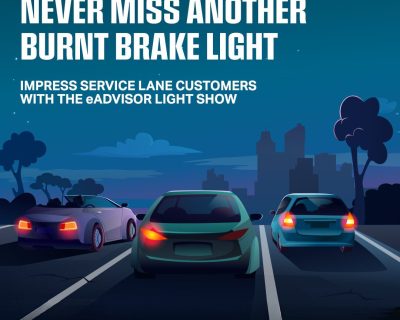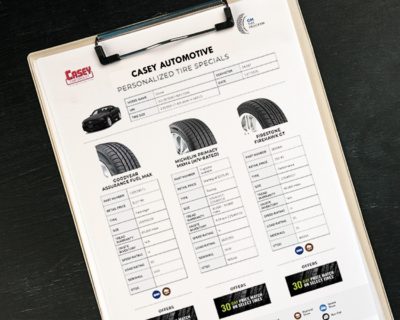Learn

5 Ways Dealership Service Centers Can Build Customer Trust
Fact: most people hate having their vehicle serviced. It’s one of those necessary, time-consuming evils. There are many reasons why people feel this way, but the biggest is due to unscrupulous repair shops pushing unnecessary repairs. And while most businesses are “innocent until proven guilty” car repair shops, including dealership service departments, must “prove” their innocence before they gain anyone’s trust. Here are some tips.
1. Be Effective
Customers shouldn’t have to wait during the write-up process, but they shouldn’t be rushed either. Getting the right tools, ones that are designed for the service lane, to check-in customers correctly, inspect the vehicle, and review recommended services consistently will help build customer trust. We call this the consistently correct check-in process.
2. Use Eye Contact
There’s nothing worse than trying to talk to someone who is distracted or looking at something else—which is exactly how customers feel when you’re busy entering car information. Tablets and clipboards can be a distraction, so use them judiciously. Make every effort to engage customers and look at them. People need and want to feel a human connection.
3. Improve Your Communication
This applies to every step of the write-up process. Engaging your customer during the vehicle walk-around inspection is key. Make sure you’re pointing out issues you find, explaining them, and getting the customer to look at what you’re seeing. When you’re going over the service recommendations, stop using technical jargon. This is the quickest way to disengage customers because they will feel talked down to or confused. Information should be customer-friendly and concise, meaning it can be easily followed and understood. Explaining everything as you go is a great way to make the customer feel at ease.
4. Not Every Repair is Urgent
We get it, you need to make a profit which means more repair items. But telling customers that every issue with their car needs urgent attention builds distrust. Be honest. If there are several issues, tell them which ones should be repaired first. If something will need to be repaired in the future, estimate how long they can wait to have it repaired. This will make them feel empowered and in control.
5. Follow Up
After you service the customer, you should always follow up and ask them how their experience was. The best way is for the service advisor to call them. This adds a personal touch that will go a long way.
eAdvisor helps service departments build customer trust by giving them the right tools to get the job done. Our handsfree system improves communication, eye contact, and write-up efficiency. If you’d like to learn how eAdvisor can help your service lane, don’t hesitate to reach out.






